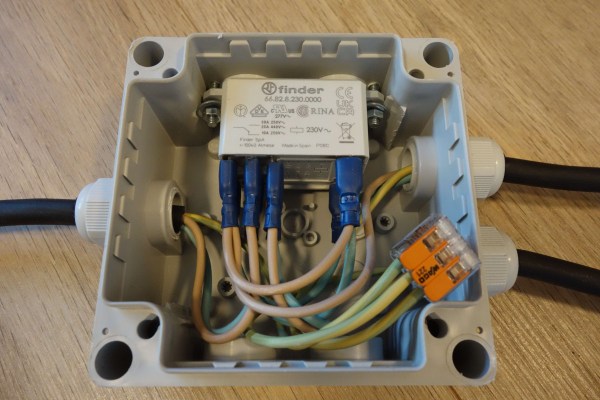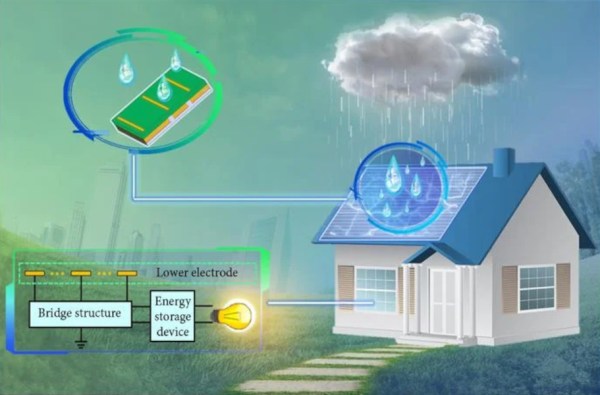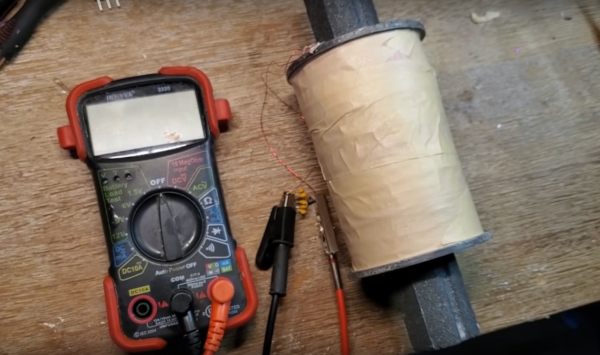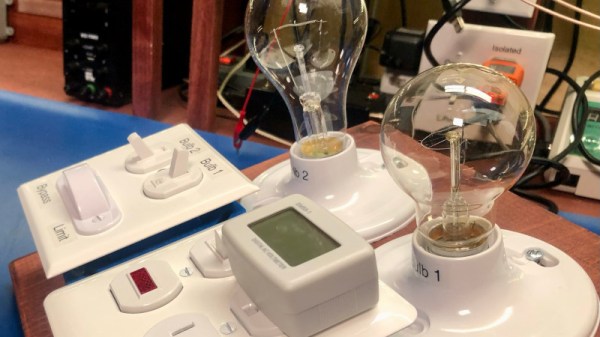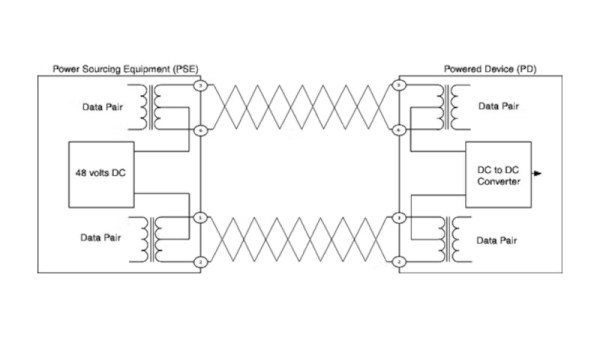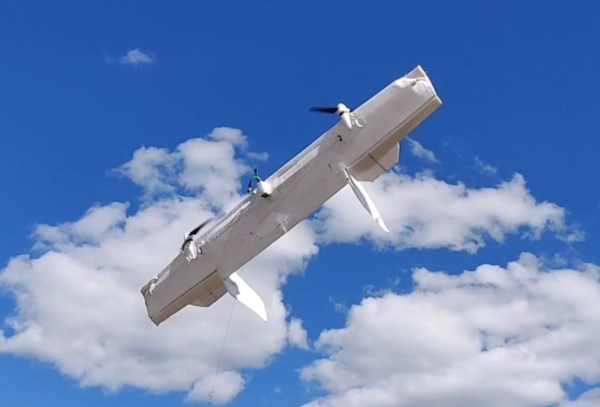Living in a place where the electric service isn’t particularly reliable can be frustrating, whether that’s because of a lack of infrastructure, frequent storms, or rolling blackouts. An option for those living in these situations is a backup generator, often turned on and connected by an automatic transfer switch. These are necessary safety devices too; they keep power lines from being back-fed by the generators. But there are other reasons to use transfer switches as well as [Maarten] shows us with this automatic transfer switch meant to keep his computers and Internet powered up.
The device is fairly straightforward. A dual-pole, dual-throw relay is housed inside of an electrical junction box with two electrical plugs, each of which can be connected to a different circuit or power source in [Maarten]’s house. The relay coil is energized by the primary power supply, and when that power is lost the relay automatically changes over to the other power supply, which might be something like a battery backup system. [Maarten] was able to get a higher quality product by building it himself rather than spending a comparable amount of money on a cheap off-the-shelf product as well. Continue reading “Automatic Transfer Switch Keeps Internet Online”

